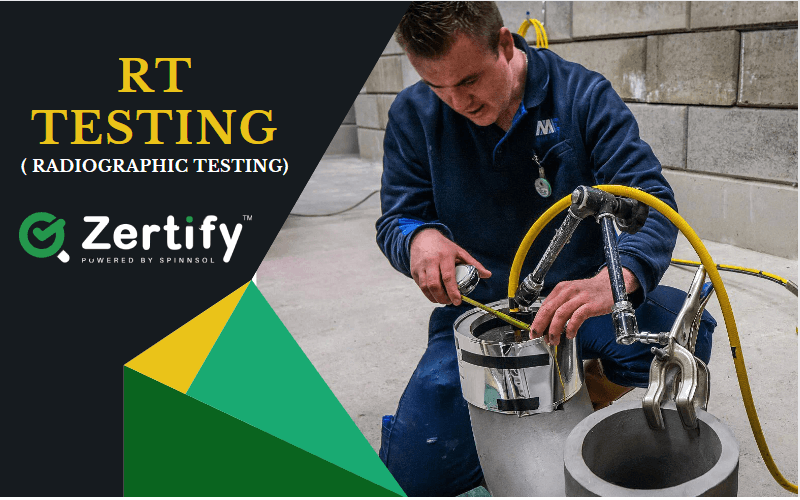
WHAT IS NDT (NON DESTRUCTIVE TESTING)?
NDT stands for Non Destructive Testing. It refers to an array of inspection techniques that permit inspectors to assess and collect data about a material, system, or component without forever altering it.
Non destructive testing (NDT) is widely utilized for quality control in the fabrication of process plants and equipment. It is a set of methods utilized to evaluate the structural integrity of materials and see any flaws that can compromise their safety or functionality. Here we will go through the top 5 most commonly used NDT Methods.
Upgrade your NDT reporting and documentation process with Zertify Non Destructive Testing Software
Top Non Destructive Testing Techniques
Here are the most commonly used NDT methods
- Liquid Penetrant Testing – Liquid penetrant testing is one of the most uncomplicated techniques used to detect faults in the material. When a liquid dye penetrant is used to a surface, it is drawn into any surface cracks or voids, thereby highlighting visual breaks in the structure.
- Electromagnetic Testing – Electromagnetic testing is a class that has Eddy Current Testing, Alternating Current Field Measurement and Remote Field Testing. These techniques can detect both external and sub-surface flaws. Tests induce an electric current or magnetic field in the material and any defect makes a measurable response.
- Magnetic Particle Testing – Magnetic particle testing is commonly used for detecting surface and near-surface defects in ferromagnetic materials. The material to have experimented is magnetized. The air gaps from any faults on or near the surface cause leakages in the magnetic flux. Iron particles sprinkled on the surface will be tempted to outline each crack and facilitate detection.
- Ultrasonic Testing – Ultrasonic testing helps detection of deep and excessively small flaws within the material. With this method, a transducer induces ultra-high frequency sound waves through the material. When a discontinuity such as a crack or any other defect is encountered, part of the sonic energy is reflected. It is then calculated and shown on a screen.
- Thermal Infrared Testing – Thermal infrared testing, or infrared thermography, estimates and maps dissimilarities in temperature on the surface of a material using thermal imaging equipment’s. Minute changes in temperature can be estimated to detect cracks, inclusions or voids.














